Bosnian artist Halida Emrić: The Variety of Approaches to Making Ceramics
Apr 03, 2011 Exhibition
The best known examples of such vast ‘murals’ bearing either figurative scenes or bold abstract designs are those from the Ottoman or Safavid period which represent another peak in the long history of Muslim ceramics. A large part of such art can be seen in Iran and Turkey, and it was in fact during the Ottoman dynasty in the 16th century and the Saffavid’s dynasty from the 17th century that ceramic art reached its peak.
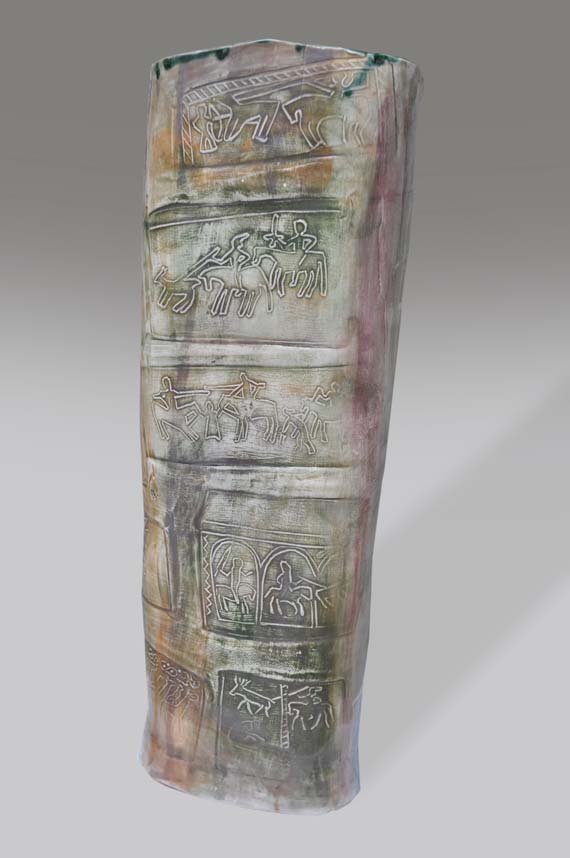
From a technical perspective, ceramics is a very complex craft, demanding much time and skill to master. As the Muslim world has always favoured glazed and decorated pottery, artisans had to be sensitive to both the sculptural and painterly qualities of their artifacts. Because of this unique set of characteristics, ceramics possess their own unique sense of aesthetics and aesthetic criteria. Muslim artists displayed over the centuries tremendous success in mastering and experimenting with the visual and technical complexity of their craft, although a great emphasis was always placed on decorative surface designs as in the other Islamic arts. Also similar to the other arts, traditional Islamic ceramics often still provide technical and artistic inspiration to present-day artists and artisans. In this sense, they can be considered.
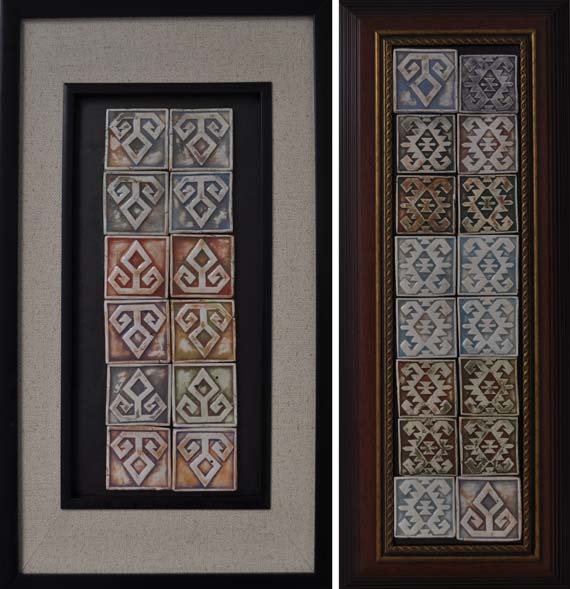
Contemporary taste regarding beauty and form evidently influenced by modern art have reshaped the art of ceramics. Although traditional shapes have been kept in use, modern ceramics has developed myriad forms in which the sculptural dimension has become increasingly prominent. Recent trends show how modern-day ceramics are effectively often sculpture, which does not mean that they do not continue to reflect certain historical aspects of the earthen art.
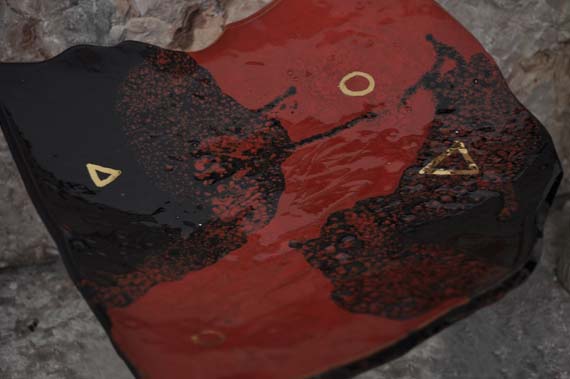
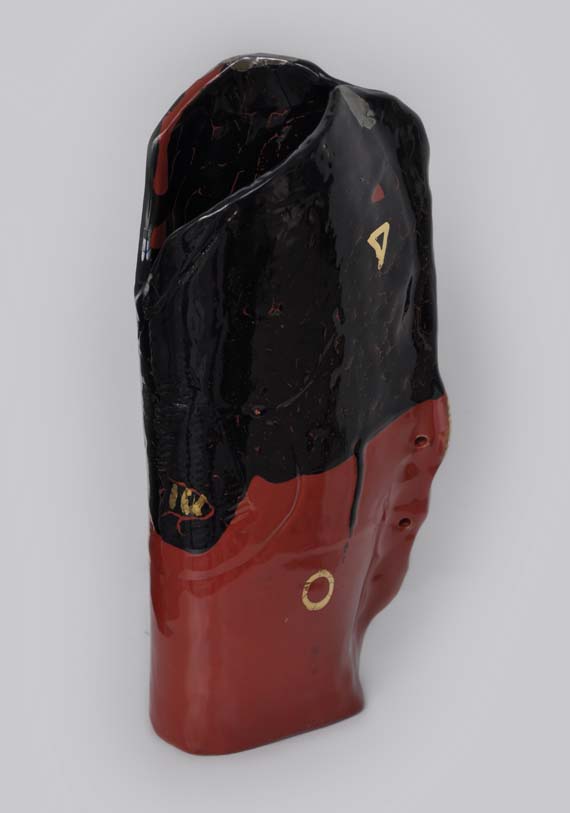
Bosnian artist Halida Emrić is no exception to the rule. Emrić has been engaged in the production of art pottery, and she has had over twenty solo exhibitions. She is also a founder of the art pottery studio called Serhat Art in Bihać. Her body of work is diverse and includes miniatures, emblems of cities, jewellery and utilitarian objects. At each exhibition, she presents a large number of pieces, and what first catches the eye of the visitor is the artist’s freedom of design and diversified approach to making pottery. Her work oscillates between or sometimes marries the traditional and the modern with almost all drawing inspiration from nature, in particular the dynamic structure of natural forms, whether organic or geometric.
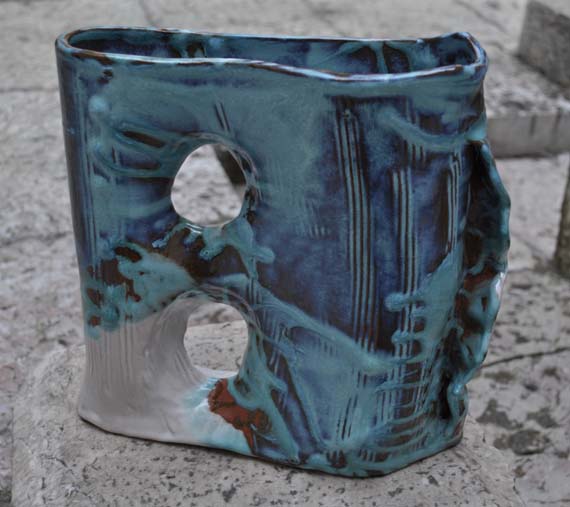
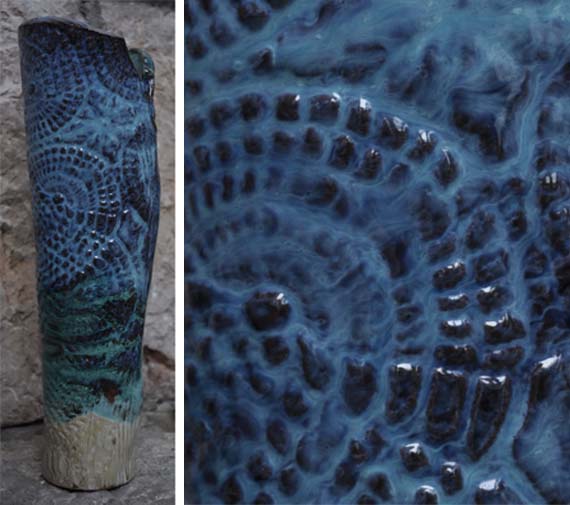
Emrić approaches ceramics like a sculptor. Vases, bowls and plates are particularly interesting, because beyond their practical use, they are, by far, more decorative and unique than the usual everyday household objects. Their very forms vividly express the vigour and abundance of nature. This particularly applies to the vases, which constitute the best proof of Emrić’s sense of artistry. Imaginative, sophisticated, masterfully executed demonstrating the artist’s technical skill, they awaken a sense of mindfulness in the viewer. In addition, the colours are rich and vibrant: the blue turquoise, and emerald-green tones reminiscent of the glowing colours of the well known Bosnian Una River.
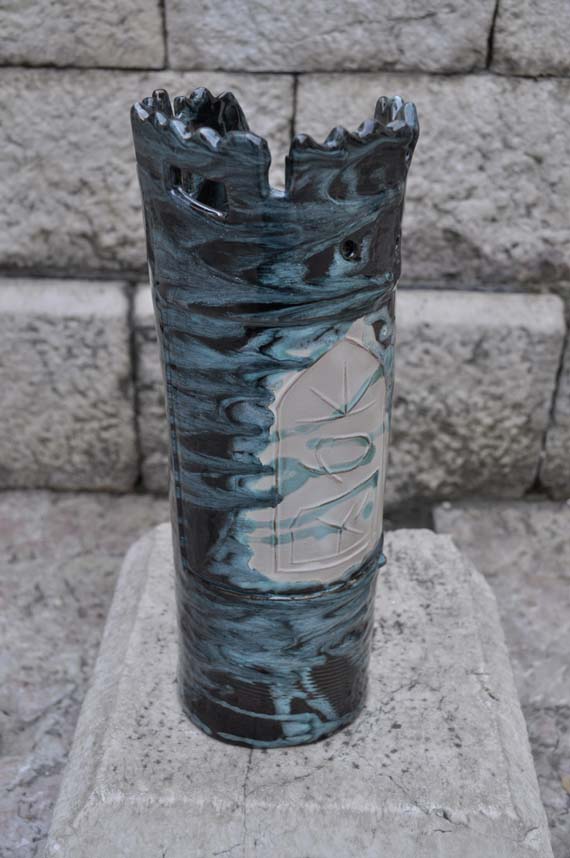
Emrić’s work has a distinct sculptural existence; her pieces must be viewed, in addition to the functions they perform, as aesthetic objects in space. Her art is not only beautiful it equally combines the best of traditional and modern approaches to ceramic art.
Photos by Elvira Bojadžić © Copyright Islamic Arts Magazine
Comments
Add a comment